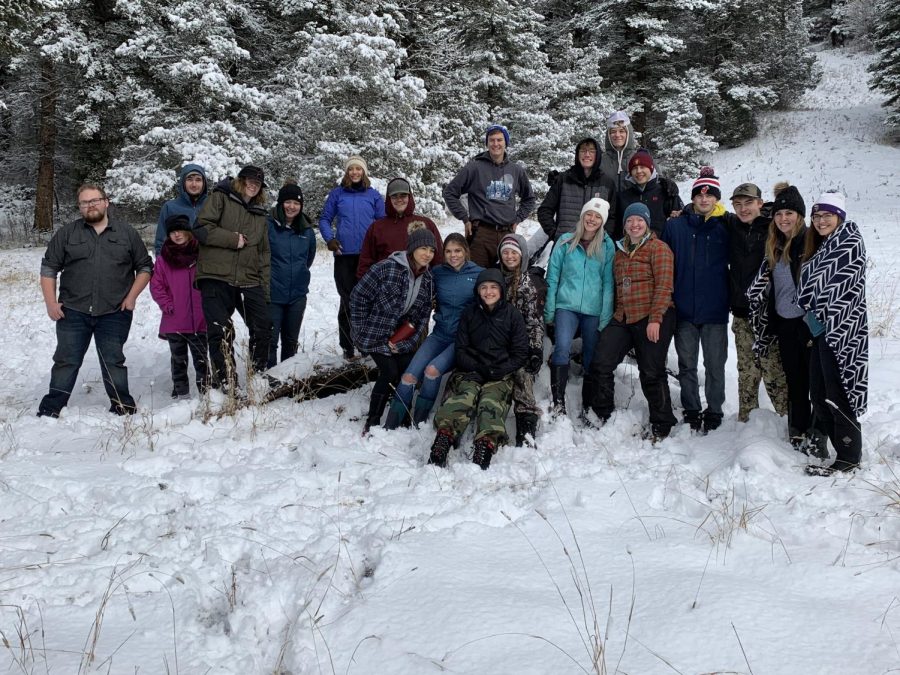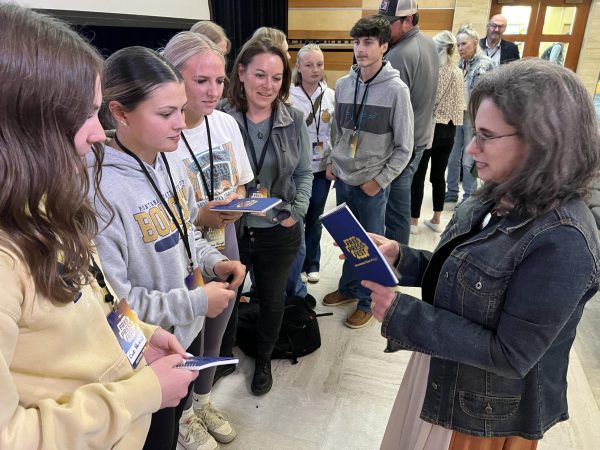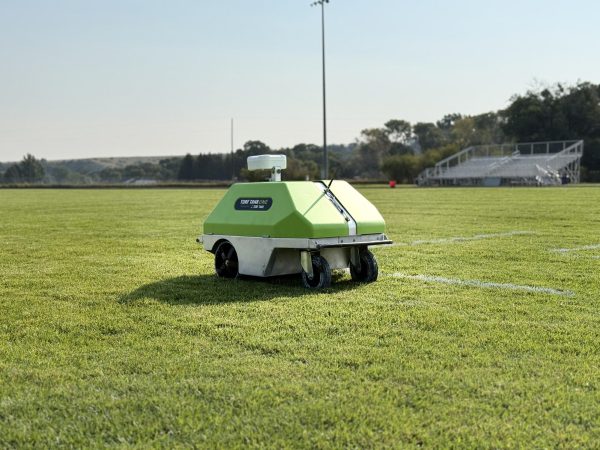Navigating the additional costs of high school
A free public education is one of the benefits of living in this country, but there are a surprising number of additional costs that some students face in high school. From buying extra materials for class, to field trip and activity fees, to all the expenses that go along with graduating, sometimes an education isn’t free, after all.
Park High offers something called the Angel fund to help offset some of these costs for students who can’t afford them, whether it’s to eat lunch, buy tennis shoes for gym, or pay for sports fees. Attendance secretary Melissa Cahoon is one of the people who helps with the Angel fund.
Many kids don’t know that it exists. The money comes from the community and business donations. “It warms my heart to know our community is always able to help out,” said Cahoon.
Out of all the grades, the seniors seem to have to pay more than the others. An anonymous senior talked about the stresses of senior year and all the money you spend just to graduate. Between the gowns, caps, announcements, and senior pictures, they have a lot on their hands. If they want to go to college they have to pay for application fees and standardized tests.
Park High tries to help the students by offering a week for the seniors to be able to apply to Montana colleges for free, and every spring juniors take the ACT for free.
Brittney Hampson is Park High’s family and consumer sciences teacher, teaching classes like fashion design, culinary arts, and others. Most of her classes require different materials and foods, but her district-provided budget only pays for the culinary arts supplies (food). Her other classes are supported by grants such as the Perkins fund, but this often doesn’t allow for the purchase of consumable materials like fabric.
Hampson’s classes aren’t the only ones that sometimes require extra fees. Electives like Survival Science take numerous field trips, and sometimes students have to help pay to offset these costs. Dual credit courses sometimes require students to purchase their own curriculum materials, such as books, and to pay for the college credits they receive (at a reduced cost).
Co-Principal Scalia mentioned that the Livingston Education Foundation offers scholarships for dual credit courses and other certifications that students pay for.
Teachers of these classes usually emphasize that, if a student can’t afford something, they should let the school know so they can find a solution.
“If I really need something, the administration would find a way to get it,” Hampson said. “I feel very supported.”






